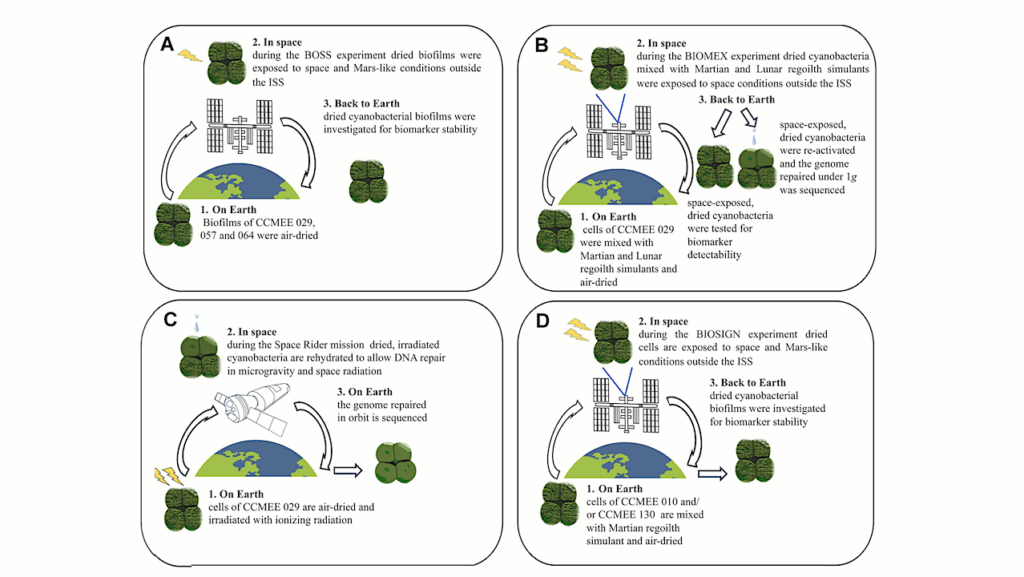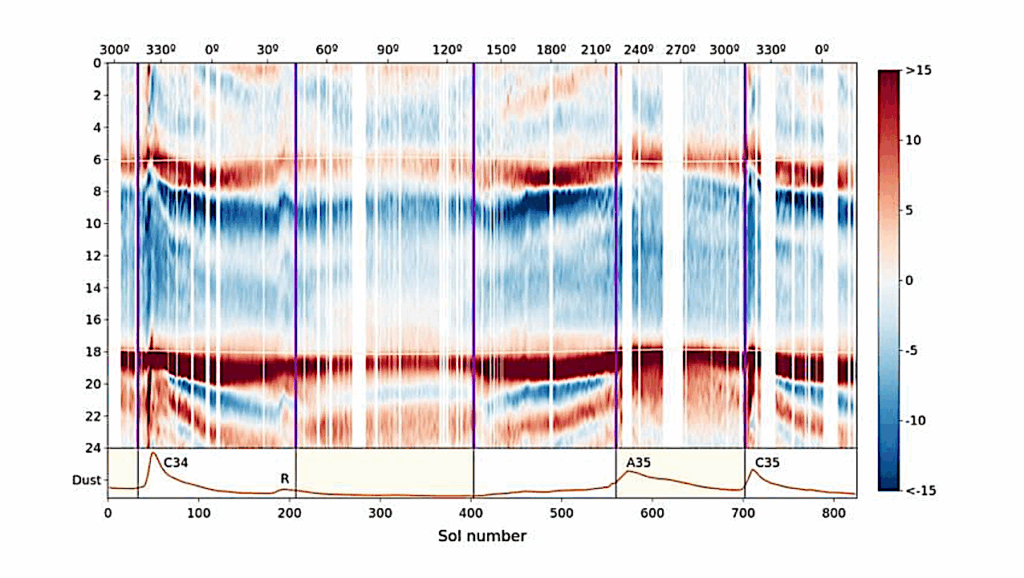New Technique Can Reveal Mars' Watery Past
A new study in Earth and Planetary Science Letters looks at the role of the mineral jarosite in determining when and under what conditions water was present on Mars. On Earth, jarosite can only form in the presence of water, so the detection by the Mars Rover Opportunity of its presence on Mars means that water had to exist at some point in the past. The new study, by scientists at NAI’s Rensselaer Polytechnic Institute (RPI) Team, is the first in a series of experiments designed to provide a roadmap of sorts for scientists who may someday study Martian samples brought back to Earth.
The team discovered a way to use the noble gas argon, which accumulates in jarosite over time, to determine the age of the mineral and the surface conditions under which it formed. “Our experiments indicate that over billion-year timescales and at surface temperatures of 20 degrees Celsius (68 degrees Fahrenheit) or colder, jarosite will preserve the amount of argon that has accumulated since the crystal formed,” says lead co-author Joseph Kula of Syracuse University, “which simply means that jarosite is a good marker for measuring the amount of time that has passed since water was present on Mars.”
Moreover, since the development of life requires water, knowing when and for how long water was present on the Martian surface has implications for the search for potential habitats harboring life, the scientists say. “Jarosite requires water for its formation, but dry conditions for its preservation,” says co-lead author Suzanne Baldwin, also of Syracuse University. “We’d like to know when water formed on the surface of Mars and how long it was there. Studying jarosite may help answer some of these questions.”
Jarosite is a byproduct of the weathering of rocks exposed at the surface of a planet (such as Earth and Mars). The mineral forms when the right mixture of oxygen, iron, sulfur, potassium, and water is present. Once formed, the crystals begin to accumulate argon, which is produced when certain potassium isotopes in the crystals decay. Potassium decay is a radioactive process that occurs at a known rate. By measuring the isotopes of argon trapped within the crystals, scientists can determine the age of the crystals.
However, because argon is a gas, it can potentially escape rapidly from the crystals under hot conditions or slowly over long durations at cold conditions. In order to determine the reliability of the “argon clock” in jarosite, the scientists had to determine the temperature limits to which the crystals could be subjected and still retain the argon. Using a combination of experiments and computer modeling, the team found that argon remains trapped inside the crystals for long periods of time over a range of planetary surface temperatures.
“Our results suggest that 4 billion-year-old jarosite will preserve its argon and, along with it, a record of the climate conditions that existed at the time it formed,” Baldwin says. The scientists are in the process of conducting further studies on jarosite that formed less than 50 million years ago in the Big Horn Basin in Wyoming, which they hope will reveal when the minerals formed and how fast environmental conditions changed from water-saturated to dry. The results can be used as a context for interpreting findings on other planets.
Source: NAI Newsletter








